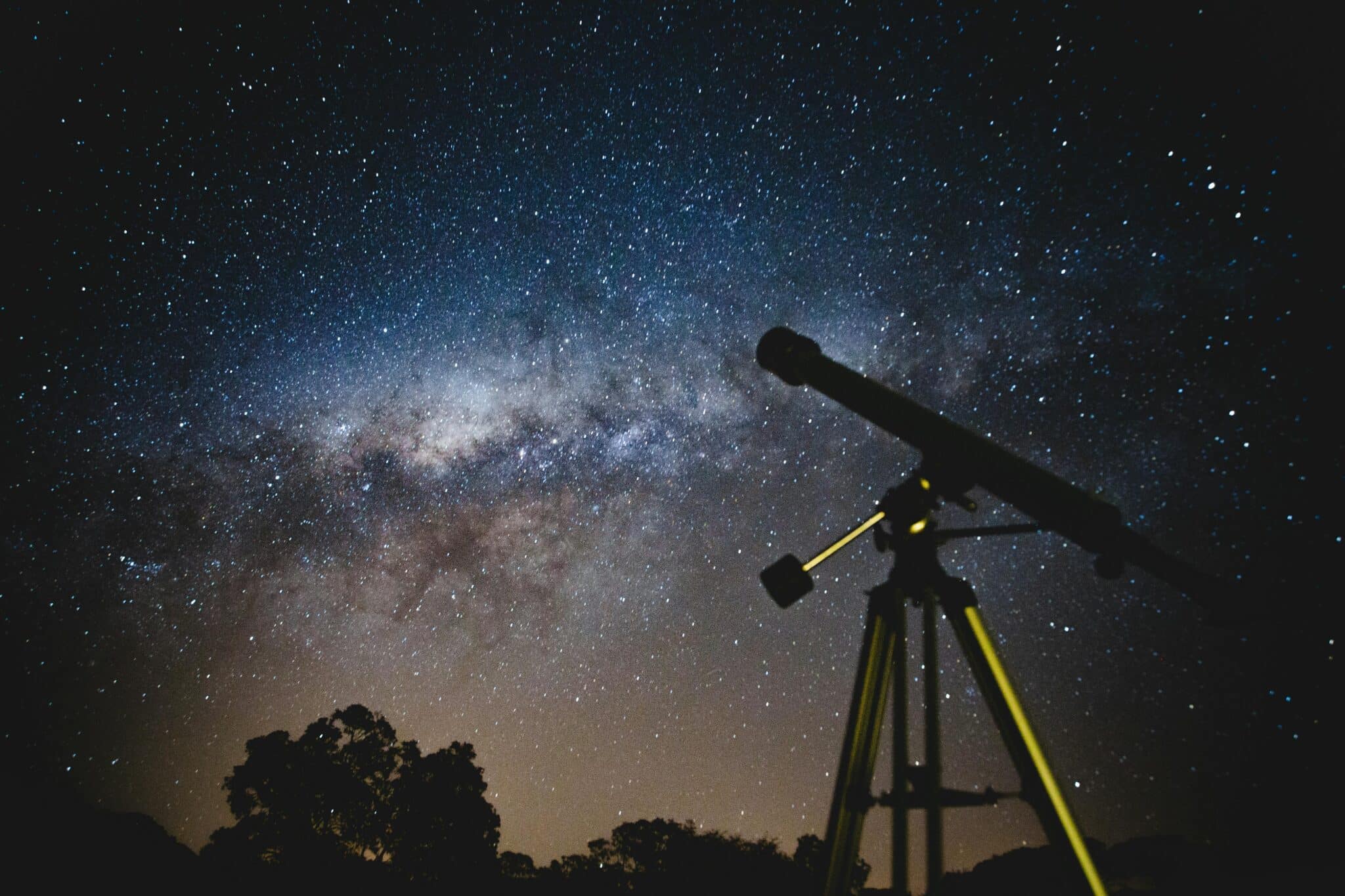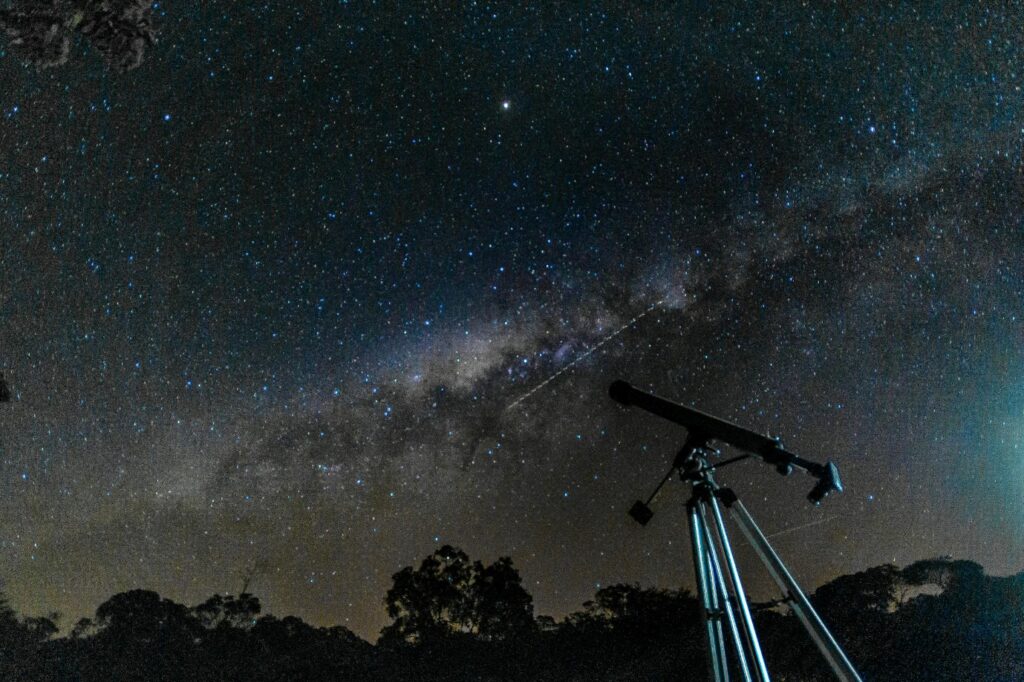The universe is an endless expanse of wonder, filled with twinkling stars, distant planets, and mesmerizing galaxies that often spark curiosity in young and old minds. Introducing children to the marvels of the cosmos can be incredibly rewarding, fostering a love for science and discovery from an early age.
You don’t need a spaceship or advanced degrees to begin this journey; a wealth of interactive astronomy activities can be enjoyed right from home, creating lasting memories and educational moments for the entire family. These activities are designed to make learning about space accessible and engaging, turning your living room or backyard into a launchpad for cosmic understanding.
From crafting simple solar system models to using sophisticated apps that bring the night sky to life on a screen, there’s an astronomical adventure for every age and interest.
Why Study the Cosmos with Your Family?
Studying the cosmos as a family offers a unique blend of education, wonder, and shared experience, creating benefits beyond simple scientific knowledge. It’s a chance to ignite a child’s natural curiosity about the universe, encouraging them to ask big questions and seek answers through observation and learning. Astronomy is a gateway to various STEM (Science, Technology, Engineering, and Mathematics) disciplines; for instance, understanding planetary orbits involves physics and mathematics, while learning about space missions touches upon engineering and technology.
Beyond academics, shared astronomical activities provide valuable family bonding time. Stargazing, building a Mars rover model, or visiting a planetarium create lasting memories and open avenues for meaningful conversations. These moments offer a chance to connect over a shared sense of awe away from daily routines and screen time.
The collaborative nature of many astronomy projects also teaches teamwork and communication skills.
Getting Started: Simple Astronomy Activities at Home

Starting your family’s astronomical journey doesn’t require expensive equipment or profound expertise; many simple yet captivating activities can be done from home or your backyard. These foundational experiences are perfect for introducing basic concepts and sparking initial interest in the stars above.
The key is to make it fun and accessible, letting curiosity guide the learning. A surprising number of astronomical phenomena can be observed with the naked eye or minimal aids. Unfortunately, over 80 percent of the world’s population lives under light-polluted skies, making dedicated stargazing spots or efforts to reduce local light increasingly important for clear viewing. More recent research indicates that this problem is rapidly worsening; a 2023 study based on citizen science data found that global sky brightness has increased by an estimated 9.6 per year between 2011 and 2022, effectively doubling the night sky’s brightness every eight years.
Stargazing Basics for Beginners
The simplest way to begin your cosmic study is by stepping outside on a clear night and looking up. To make the most of this, find a location away from bright city lights, as light pollution can obscure fainter stars and celestial objects. Even a park or a slightly darker area in your neighborhood can make a difference.
Allow your eyes about 15-20 minutes to adjust to the darkness; this significantly improves your ability to see fainter objects. Use a star chart or a convenient stargazing app on your phone (with a red filter to preserve night vision) to identify constellations, planets, and perhaps even the Milky Way. Learning to locate the North Star or Polaris is a classic beginner’s skill, as it can help orient you. Remember, patience is key; the night sky reveals its secrets slowly. Consistent observation for just a few weeks can dramatically improve object identification skills, as noted by amateur astronomy organizations.
Create Your Constellations
Unleash your family’s creativity by inventing your constellations—a playful activity that teaches how ancient cultures formed patterns in the stars. You’ll need simple materials: black construction paper, star-shaped stickers, white/yellow crayons/paint, and imagination. Have each family member draw their own pattern of stars, then connect them to form a unique constellation. This activity encourages storytelling, as people can create a myth or story behind their celestial creation, much like the ancient Greeks or Romans did.
Moon Observation Journal
Observing the Moon and its changing phases is a fascinating and accessible astronomy project for all ages. All you need is a notebook, a pencil, and a clear view of the Moon over several weeks. Encourage your family to observe the Moon’s appearance each night (or as often as weather permits). In their journal, they can draw what the Moon looks like, noting its shape and any visible features (binoculars can enhance this). This activity naturally introduces the lunar cycle, starting from the New Moon to the Full Moon and back again. Documenting these changes helps develop observational skills and scientific record-keeping.
Using Technology for Cosmic Adventures
Technology offers incredible tools to enhance your family’s astronomical pursuits, bringing distant galaxies and complex cosmic phenomena to your fingertips. When engaging with online educational resources, particularly with children, prioritizing digital security is wise.
For those using Apple devices, exploring the benefits of a VPN for Mac can help ensure a private and secure browsing experience while accessing educational apps and websites. From sophisticated mobile apps that identify celestial bodies in real time to virtual reality experiences that simulate space travel, these technological aids make learning about the universe more interactive and immersive.
The use of educational technology in homes has surged, reflecting broader trends in digital learning. The UNESCO 2023 Global Education Monitoring Report indicates a widespread adoption of digital technology tools in education, accelerated by the pandemic, impacting how learning resources are accessed. These tools aren’t just for passive consumption; many encourage active participation and discovery.
Top Astronomy Apps for Families

Many astronomy apps are widely available for smartphones and tablets, transforming these devices into powerful portable planetariums. Apps like SkyView Lite, Star Walk 2, and the official NASA app offer user-friendly interfaces perfect for families. These applications often use your device’s GPS and built-in compass to display an augmented reality view of the sky, identifying stars, constellations, planets, and satellites as you point your device upwards.
Many apps also provide detailed information about celestial objects, upcoming astronomical events, and even 3D models of planets and spacecraft. Specialized organizations regularly review and guide age-appropriate and educational content, highlighting the potential of well-designed interactive apps to engage children in learning. Some apps also feature night modes with red light displays to help preserve night vision during outdoor stargazing.
Virtual Telescope Experiences and Online Observatories
While a powerful telescope can be a significant investment, the internet provides access to virtual telescope experiences and images from some of the world’s most advanced observatories. Websites like NASA’s Hubble Space Telescope gallery or the European Southern Observatory (ESO) offer breathtaking public images and data. Some observatories offer live streams or access to remotely controlled telescopes, allowing users to request observations.
Online platforms often include educational materials, making them a rich resource for family learning. The open-access movement in scientific publishing has significantly increased the availability and use of web-based science resources. For instance, the Wiley 2023 Open Research Journey report notes that Open Access (OA) output has grown 258 percent since 2013, with total OA articles published globally surpassing 9 million in 2023.
Expanding Your Astronomical Knowledge
Once your family has explored the basics of astronomy with home-based activities and apps, you should learn more and experience the cosmos in different ways. Expanding your astronomical knowledge can involve stepping out into the community, engaging with experts, and participating in structured learning programs. These experiences solidify understanding, introduce more advanced concepts, and connect your family with a broader community of astronomy enthusiasts.
Visiting Planetariums and Science Centers
Planetariums and science centers offer immersive and educational experiences that are hard to replicate at home. These institutions often feature state-of-the-art dome theaters that project realistic simulations of the night sky, take you on virtual solar system tours, or illustrate complex cosmic events.
Many science centers, like the California Science Center’s Space Shuttle Endeavour exhibit, have dedicated space exhibits with interactive displays, artifacts, and educational programs. A visit can provide context to what your family has been learning and spark new questions. For instance, the Kenner Planetarium and Rivertown Space Science Complex recently added an interactive play space called Luna Play Spot, blending fun with science education.
Engaging with Educational Programs and Workshops
Many organizations and institutions offer educational programs, workshops, and even summer camps focused on astronomy for various age groups. These can range from introductory sessions for young children to more advanced workshops for teens and adults.
For example, the Smithsonian Astrophysical Observatory is launching the STARS program to bring telescopes and STEM opportunities to rural schools, emphasizing hands-on learning and teacher training.
Local astronomy clubs, universities, or even libraries often host such events. Participating in these programs provides access to knowledgeable instructors and usually specialized equipment, enriching your family’s learning. These structured activities significantly increase a student’s confidence in STEM subjects.
Embark on Your Family’s Cosmic Adventure Today
Studying the universe with your family is an enriching endeavor that combines education with the thrill of discovery. By engaging in interactive astronomy activities—from simple home crafts to using advanced technology and visiting community resources—you can cultivate a lasting appreciation for science and the cosmos. These shared experiences build knowledge, strengthen family bonds, and inspire curious minds to keep looking up.
The journey through the stars is vast, and beginning it together can be one of the most rewarding adventures a family can undertake, fostering skills, lessons, and passions that can last a lifetime. Remember that the goal is to spark wonder and encourage questions, turning learning into a joyful exploration of our universe. The sky is genuinely not the limit regarding family learning and fun.


















